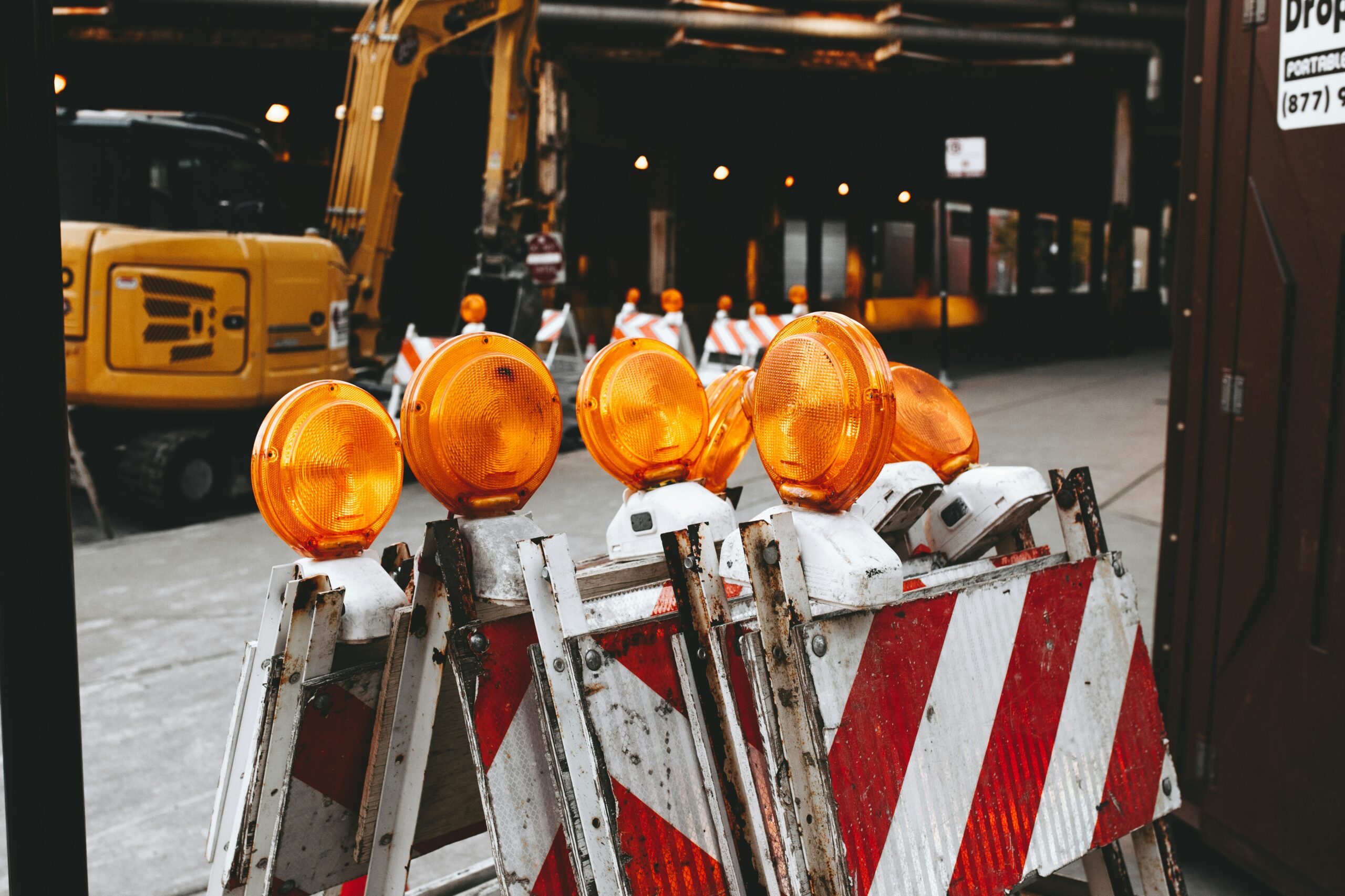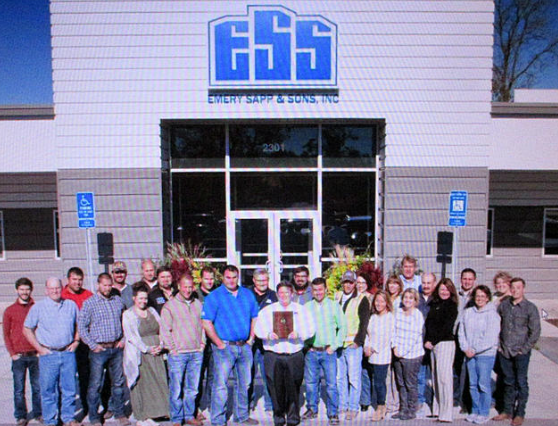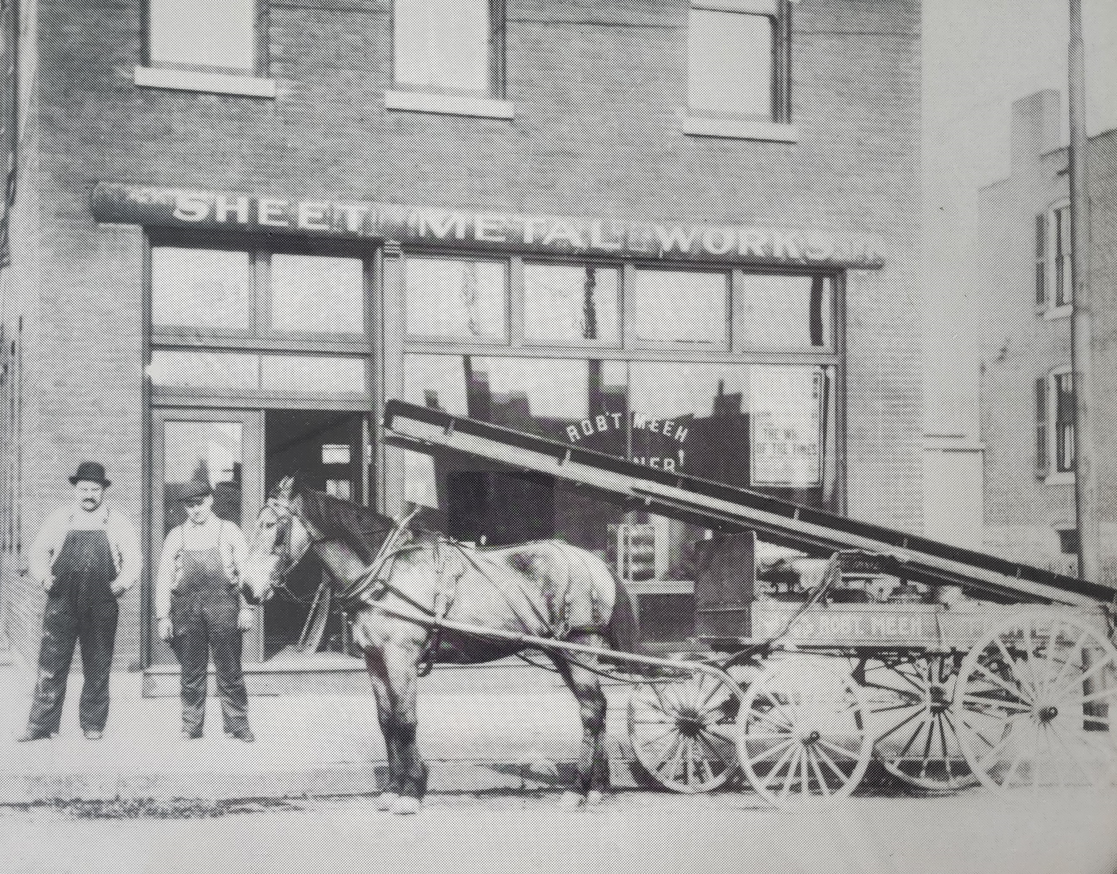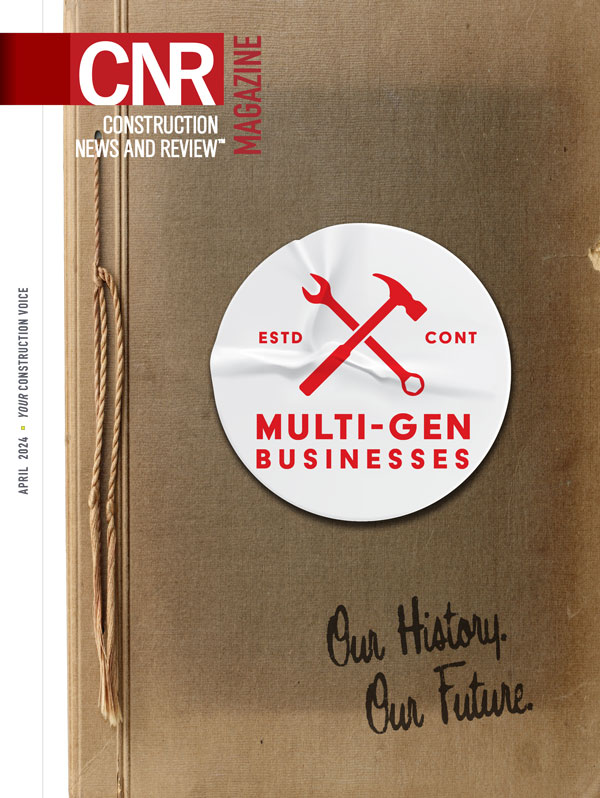IT-Connected Jobsites Promote Safety, Efficiency, Profitability
By TIFFANIE REYNOLDS
Improving job site safety and security is one constant that remains a top priority in the construction industry.
The construction sector is a leading contributor to workplace accidents worldwide, with the International Labor Organization estimating a significant portion of the more than 340 million on-the-job accidents every year were from the construction industry. The US. Bureau of Labor Statistics report is even worse, finding in 2022 that construction workers died more than in any other industry sector.
But with continued advancements in technology, can these safety trends be changed? Matt Abeles, vice president of construction technology and innovation with Associated Builders and Contractors, believes it can.
“IT-connected job sites mean using technology to have an increased level of collaboration, communication and coordination,” says Abeles. “The advantages include improved efficiency, safety and overall profitability.”
Thanks to advances in the Internet of Things, security systems used on job sites can connect cameras with sensors, strobes, sirens and two-way audio, even providing remote live viewing. Other advancements include smartwatches that communicate back to managers any safety violations and alert workers to potential safety hazards. Other “wearable” devices include smart helmets which are integrated with augmented reality (AR) technologies, vests with IoT sensors that provide real-time data to a worker’s vital signs. Finally, the industry could see safety glasses with AR features to provide three-dimensional views of the jobsite while offering standard protection.
Brian Turmail, vice president of public affairs and strategic initiatives at the Associated General Contractors of America says, “As the use of technology becomes increasingly prevalent in construction, we are seeing firms make significant new investments in ensuring their jobsites are connected. These investments allow firms to ensure that the various computers, iPads, robots, drones and construction equipment are connected and can send and receive real-time information about the status of the project and the state of the construction equipment and workers. This allows firms to enhance safety, improve productivity and deliver any better final results. The need to have connected jobsites is only going to increase,” he adds, “as the tools and equipment firms use become increasingly sophisticated.”
The use of drones has also significantly impacted overall construction site security as well as increase efficiency. Early adopters have used drones in the industry for at least a decade, using them to record project site videos or photos and survey the scene. Today, drones can provide advanced thermal and multispectral imaging, detecting infrared radiation before significant problems occur. Drones can also create precise maps of construction sites using drone-generated 3D models which can help identify risk early while allowing clients to better visualize a project’s outcome.
However, not all technological advancements are without risk. Abeles adds, “Three risks, as well as ways to mitigate those risks, come to mind. First are cybersecurity threats, as construction is the second-most-targeted industry, according to Sophos ‘The State of Ransomware 2023 Report.’ It is important to have a cybersecurity strategy in place to help your business. ABC has a website dedicated to helping contractors create cybersecurity strategies,” says Abeles. “The second risk is cost. With so many technology options, your company’s technology champion or team needs to choose cost-effective solutions that are hyper-focused on your business needs.”
The third risk, according to Adeles, is integration. “The tech stack you choose must integrate and communicate with different technologies and platforms. How these tools use AI is an important component to monitor as well,” he says.
As technology continues to evolve, the ability to protect workers in the construction environment will become more effective and more efficient. The ability to protect workers will help companies save money from OSHA fines and other regulations. In 2023, construction companies paid more than $112 million in penalties for OSHA violations which – according to a recent report by OSHA – included these top five construction violations: fall protection and ladders, scaffolding, fall hazard training, eye protection and face protection.
Knowing that technology can help address many of these risks to create safer environments for all is something to embrace and celebrate in a rapidly changing industry.
Fresh Content
Direct to Your Inbox

YOUR CONSTRUCTION VOICE IN ST. LOUIS AND BEYOND
Join CNR Magazine today as a Content Partner
As a CNR Content Partner, CNR Magazine promises to support you as you build, design and engineer projects not only in and around St. Louis, but also across the U.S. CNR is equipped and ready to deliver a dynamic digital experience paired with the top-notch, robust print coverage for which you’ve always known and respected the magazine.






